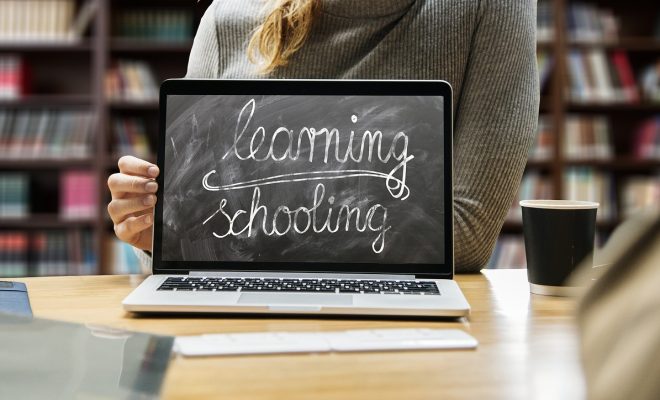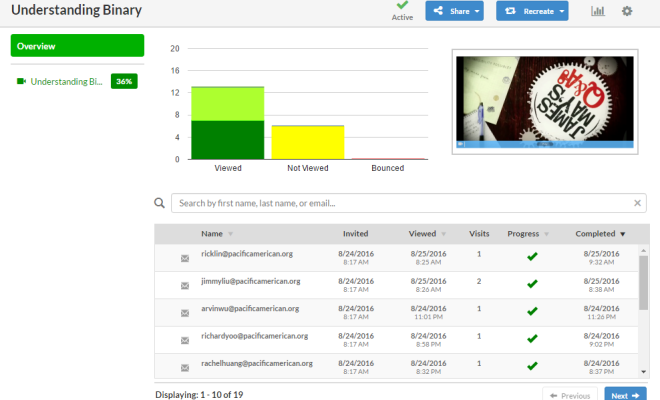Balancing Screen Time with Mindfulness

Parents and teachers want what is best for children—but the proliferation of digital learning tools makes it a bit hard to determine what exactly that is. A child using an app can accomplish significant educational gains—but at what cost? Balancing screen time with mindfulness is a bit tricky for educators and parents.
Sometimes, tech tools can be used to solve the problems that other tech tools create. There are a variety of tools that will help limit and control children’s screen time and thus might make it easier for parents and teachers. A strong benefit of these tools is that they reduce the potential for arguments about screen time by largely removing day-to-day decision making. Also, they make it possible to track the sites that children visit so that adults can ensure that children are not accessing inappropriate materials.
Parents and teachers can also specifically teach children techniques to improve mindfulness. A student in possession of these skills will be in a better position to resist the allure of using screen time to cope with unpleasant emotions—they will have other tools to use that are healthier.
Teacher, in particular, may be tempted to overuse edtech tools, since these tools are usually engaging for students, can minimize problematic behavior in the classroom, and often have outstanding learning outcomes. But a child who spends the bulk of their school day in front of a screen is a child who is not learning how to have face-to-face conversations. They are not learning from immersion in the natural world. They are not gaining the benefits of engaging in physical activity or of being outdoors.
It is important for adults to give students both the rationale for and the specific resources needed to limit their screen time. Unless an adult articulates it, a child may be unaware that excessive screen time will make it difficult for them to appropriately engage with other people in conversation or other daily activities. They will be unlikely to understand how this lacuna may negatively impact their ability to succeed in the future.
Further, children may be unaware of how excessive screen time affects the child’s disposition if an adult does not help them observe this. Students are also likely to be unaware of how extra screen time cuts into their time for physical activity, which can have profoundly negative affects on their physical and emotional health, now and in the future. Teaching mindfulness is one way to avoid these outcomes.






